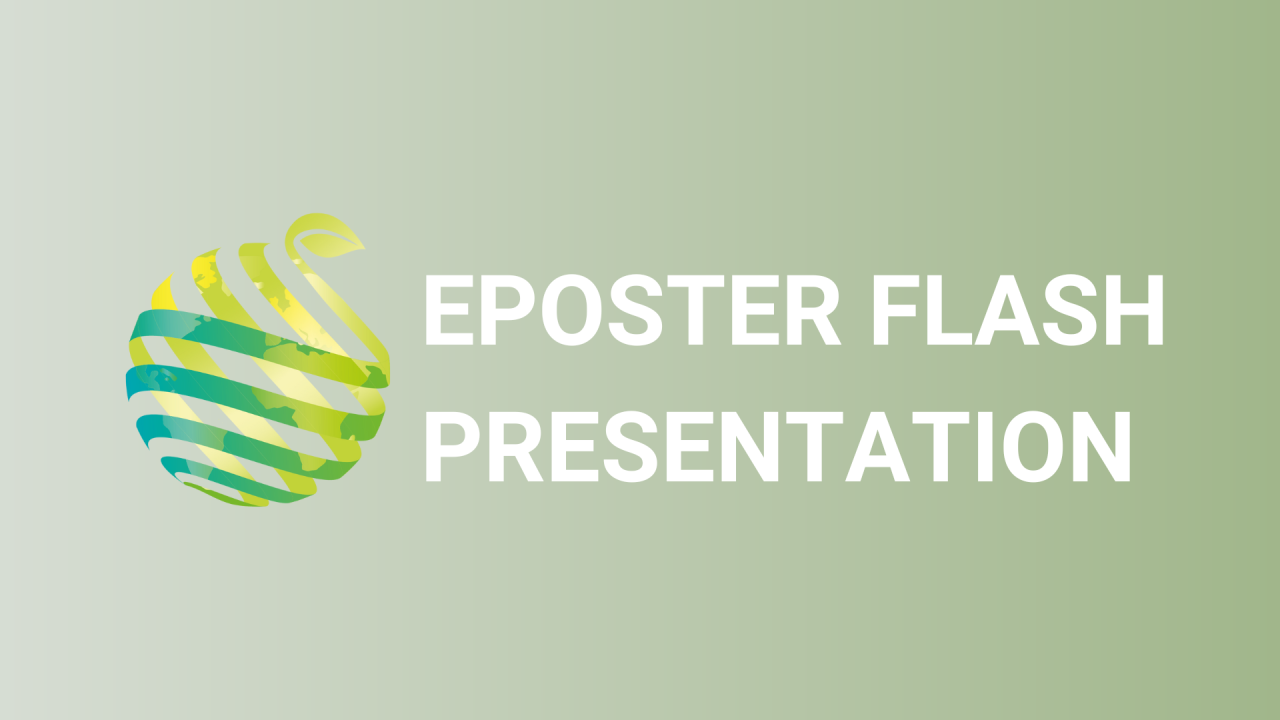

S20 - Session P2 - Genome-wide association study for astringency of grape berry skin
Information
Authors : Dongjun Im *, Youn Young Hur, Kyeong-Ok Choi, Seo Jun Park, Dong Hoon Lee, Su Jin Kim
Among grape phenolic compounds, proanthocyanidins or polymeric tannin contents (PTC) are primarily responsible for the astringent taste of the grape. For the consumer, high levels of astringency in table grapes may lead to them becoming unpalatable, so early selection of grapes with less astringency is one goal for table grape breeding. 'Tano Red' and 'Ruby Seedless' grapevines, and their 269 progeny grown under field conditions in the vineyard of National Institute of Horticultural and Herbal Science(NIHHS) were used in this study. We measured the PTC in the berry skin of grapes, and evaluated the astringency by sensory test. In the experiment, the PTC was estimated using bovine serum albumin precipitation assay. The absorbance value from microplate reader (Multiscan GO, Thermo Fisher Scientific, Waltham, MA, USA) was used to estimate PTC according to a tannic acid calibration curve. The population underwent genotyping by sequencing, yielding 25,421 polymorphic and informative single-nucleotide polymorphisms (SNPs) after data editing. By Genome-wide association study using TASSEL software, 24 of significantly associated SNPs were identified in 522-1,406 kbp in chromosome 11. The P-values of the detected associations ranged from 7.12×10 -7 to 1.98×10 -18 . In the region nearby the SNPs, candidate genes were detected including genes encoding phenylalanine ammonia-lyase (PAL) and MybPA2. Our findings will help to explore the genetic factor of astringency of grape berry skin.